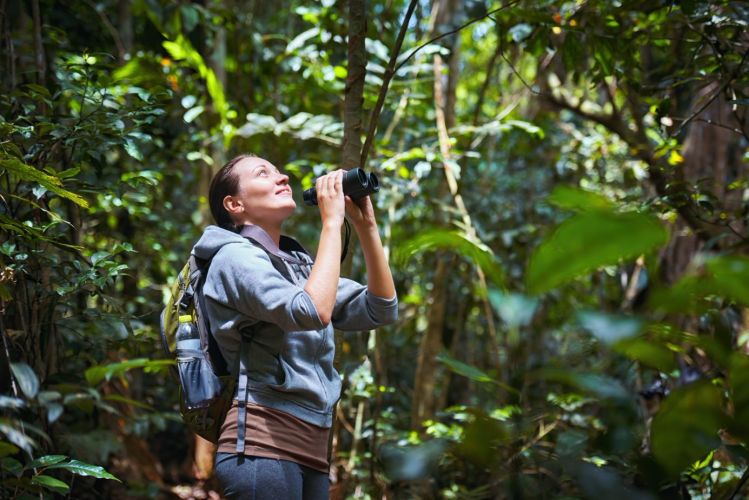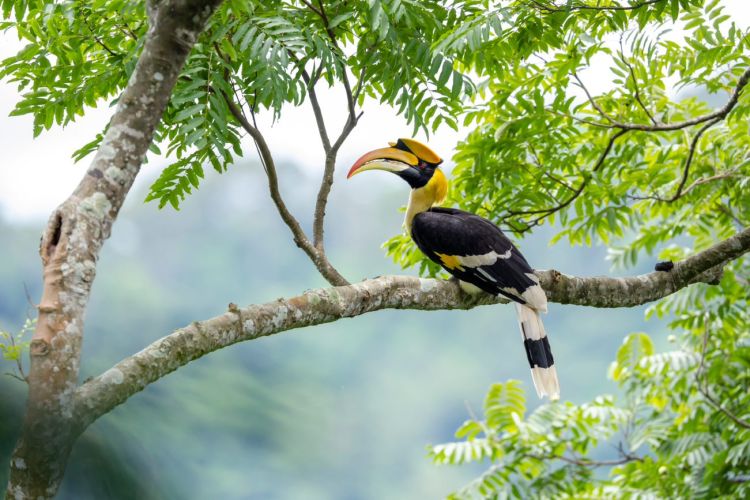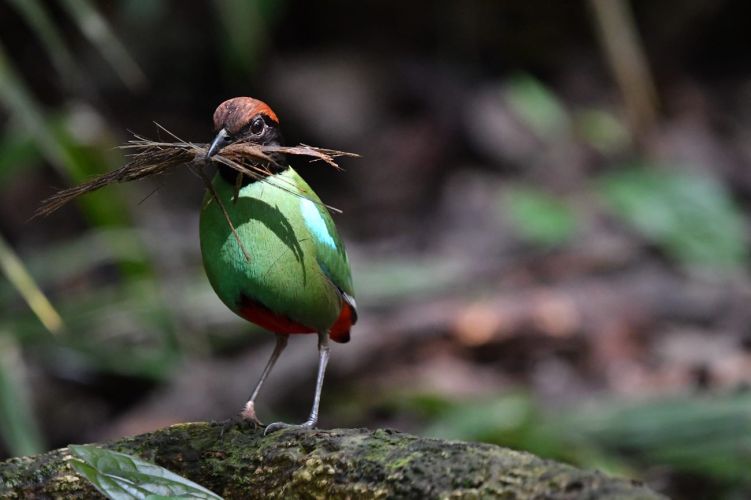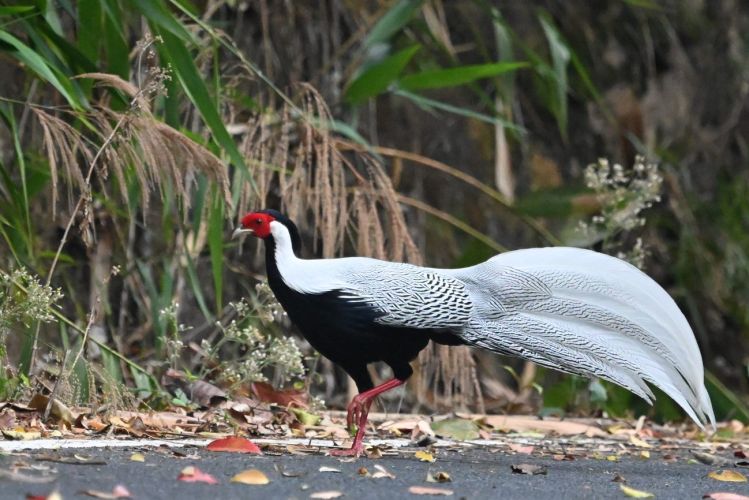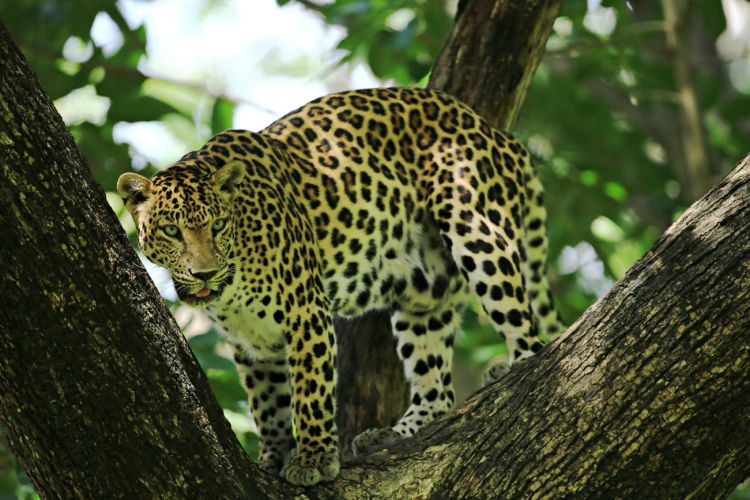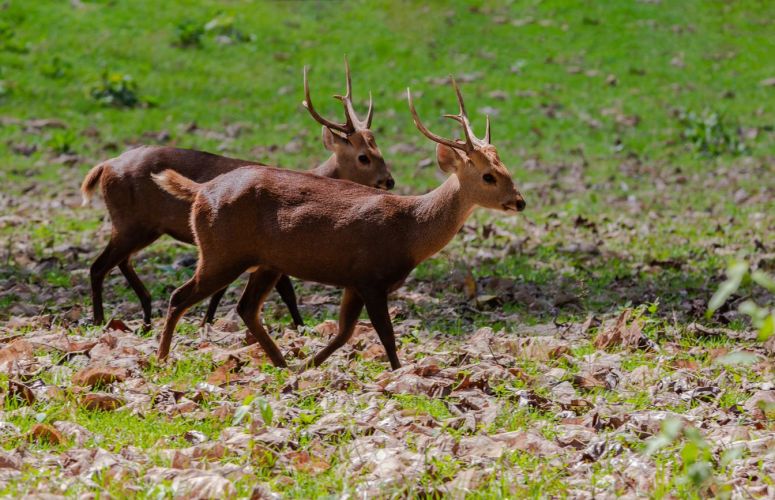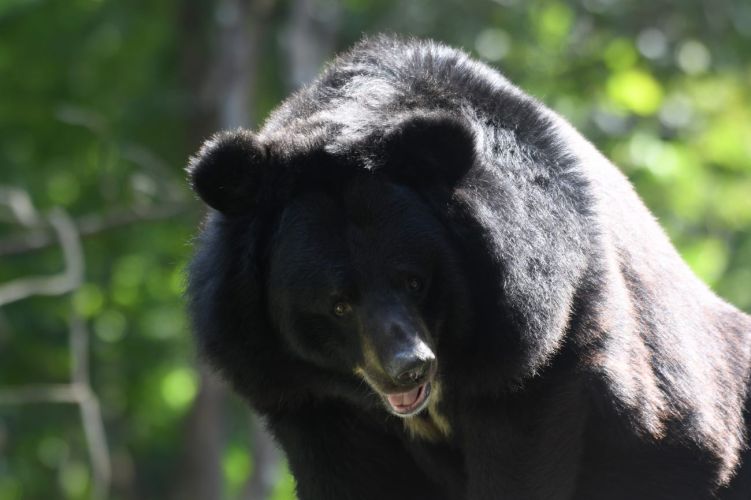Animal, an animal life documentary from Netflix, teaches its viewers that each species of animal has its own unique quirks that make its life far more interesting than we ever thought. The series allows us to get to know each species as we sneak a peek into their fascinating lives; we see the bonds that exist between animals and feel the warmth of their complex relationships.
As this amazing documentary allows viewers to discover a different perspective on each animal, many are inspired to learn more about these wild animals. If you feel like the same urge, then be sure to try the animal spotting activities in 3 of Thailand’s national parks.
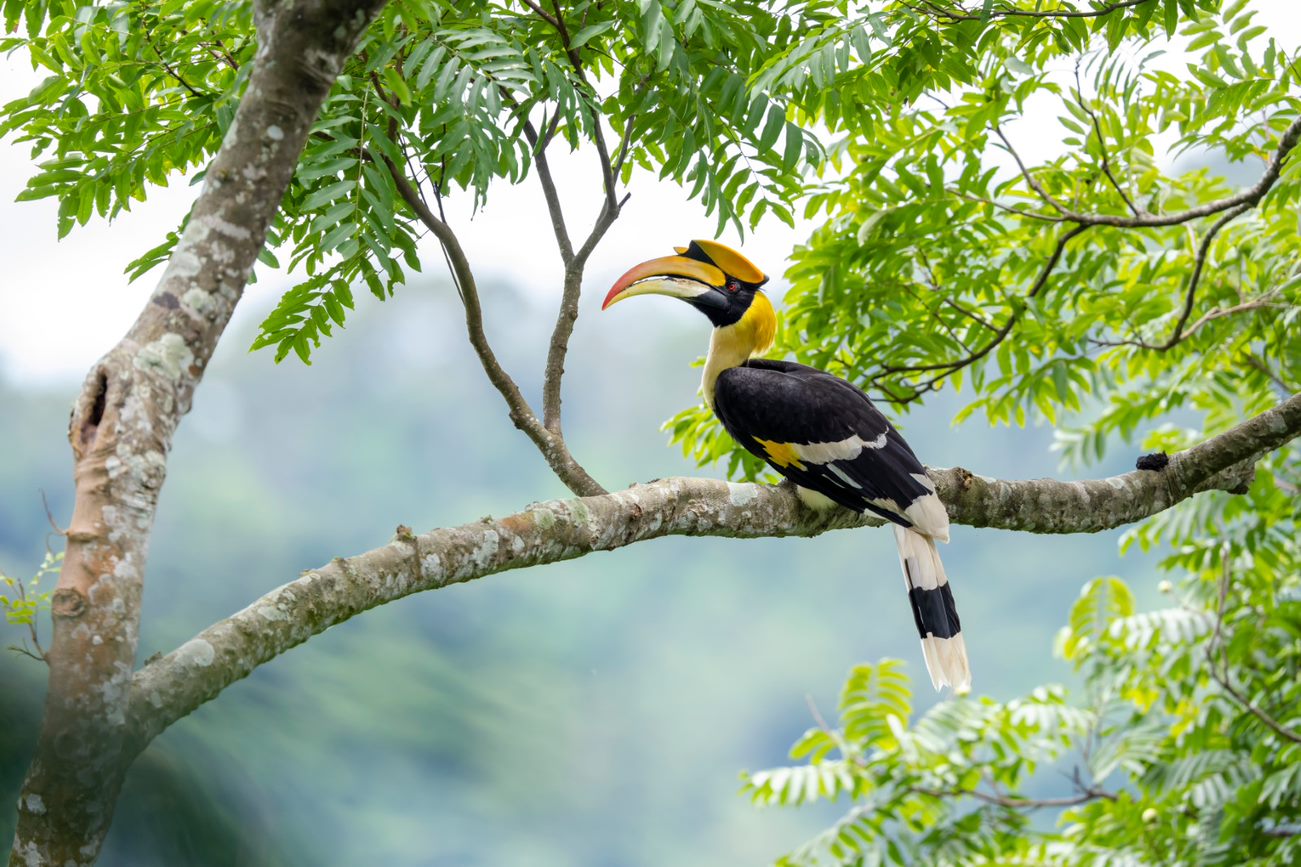
Despite being home to a wide diversity of large and small animals, Khao Yai is perhaps most famous for its amazing bird-watching activities. As one of Thailand’s best birding sites, Khao Yai has been registered as an “Important Bird Area” (IBA). More than 282 bird species can be found here, including both endemic and migratory birds.
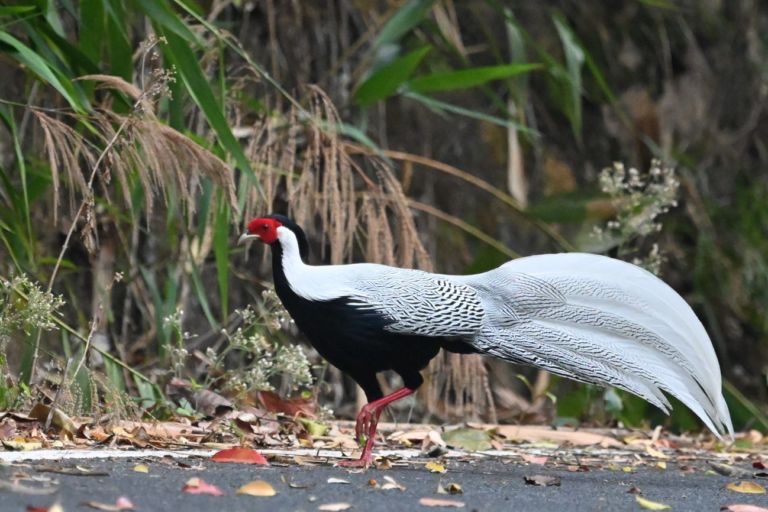
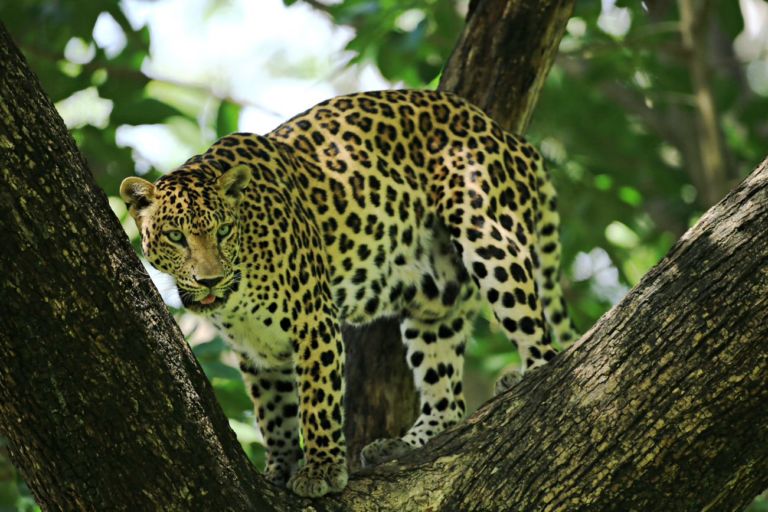
Spread across 6 districts in the 3 provinces of Uthai Thani, Kanchanaburi, and Tak, the wildlife sanctuary of Huai Kha Khaeng is the largest conservation forest in Southeast Asia. Registered as a UNESCO World Natural Heritage Site, “Thungyai-Huai Kha Khaeng Wildlife Sanctuaries” became Thailand’s first Natural World Heritage Site on the 9th of December 1991.
The many enthralling activities to do here include animal spotting at Pong Chang Phueak and Rim Huai Thap Salao. Pong Chang Phueak is an area where animals such as barking deers, deers, wild boars, elephants, bantengs, and peacocks come to forage, allowing them to be seen up close. Rim Huai Thap Salao has an animal-watching tower that lets you get a bird’s-eye view of the local fauna.
Kaeng Krachan is Thailand’s most expansive park with a large tropical rainforest. You can see a variety of wildlife at Kaeng Krachan National Park. There are wild elephants, gaurs, bantengs, bears, barking deers, and deers, as well as some of the more reserved wild animals such as serows and marbled cats. The most recommended activity is bird and butterfly watching because there are more than 150 species of butterflies that gather en masse in the dry season to eat from the salt lick. From February to June, many birds, such as great hornbills, can be seen here, building nests, laying eggs, and raising their young. Although often elusive, these magnificent creatures are a symbol of the rainforest.
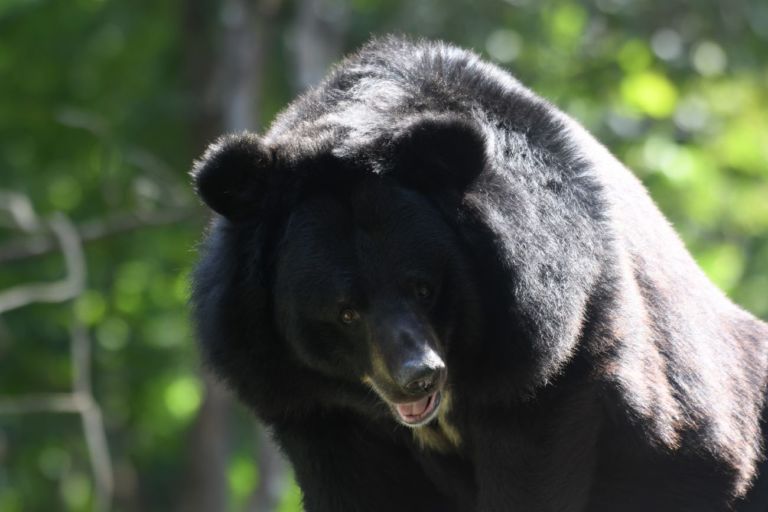
Khao Yai National Park: Please contact the Visitor Center at Tel. 08 6092 6529 for more information.
Huai Kha Khaeng Wildlife Sanctuary: For more information, please contact The Wildlife Sanctuary Management Department. Wildlife Conservation Office. Royal Forest Department Tel. 0 2561 4292-3 Ext. 765 or Huai Kha Khaeng Wildlife Sanctuary Tel. 06 5480 1138.
Kaeng Krachan National Park: Please contact Kaeng Krachan National Park at Tel. 0 3277 2311 for more information.

